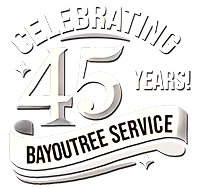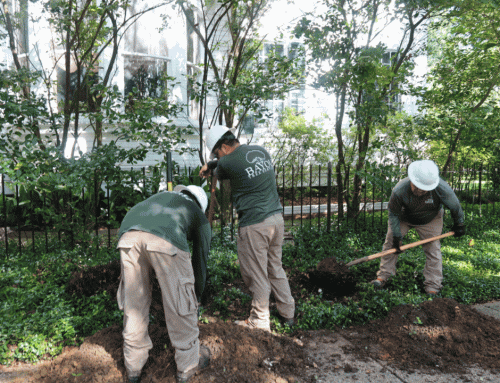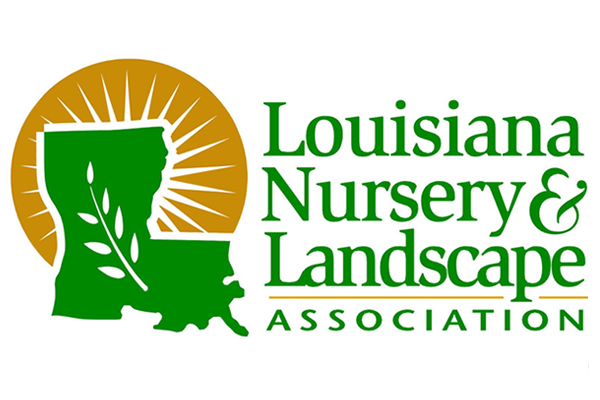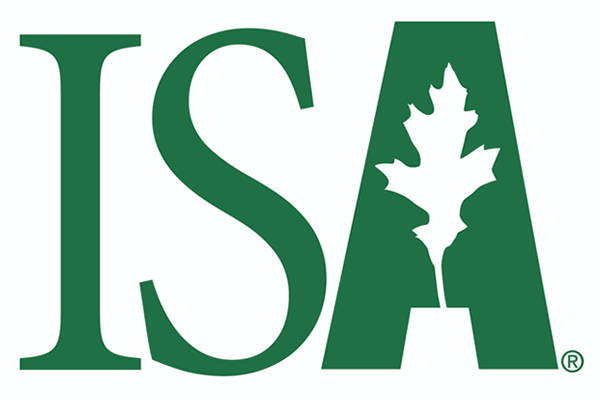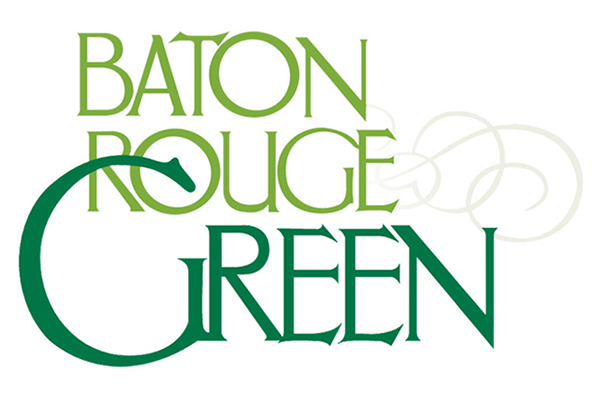What is Ball Moss?
Ball moss is an epiphyte, meaning it grows on another plant, such as a tree, for physical support without taking nutrients from its host. Unlike parasitic plants, epiphytes don’t derive nourishment from the trees they inhabit. However, the presence of the epiphyte can still negatively impact tree health. When ball moss colonizes a tree, it can create stress by limiting the tree’s growth and access to essential resources. 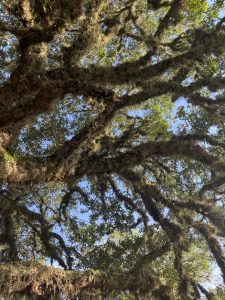
The Impact on Trees
In Baton Rouge, ball moss has been particularly problematic for live oaks and crepe myrtles. This invasive species can collect around 20% of the water that should be reaching the tree’s roots and branches, effectively creating drought-like conditions for the tree. Additionally, its weight can cause branches to crack, and its dense coverage can shade out the tree’s foliage, inhibiting photosynthesis and weakening the tree overall.
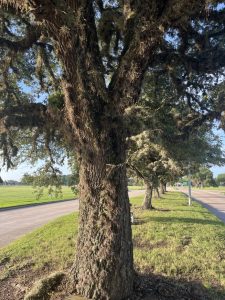
Our Approach to Combatting Ball Moss
While ball moss doesn’t always require professional management, its recent surge has significantly affected tree health in areas like the Louisiana State University campus, which is home to historic live oaks. At Bayou Tree Service, we use a comprehensive threefold method to address these infestations: preventative pruning, handpicking, and chemical control. 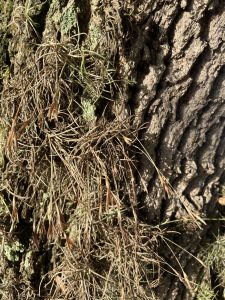
- Preventative Pruning: This involves removing deadwood and raising the tree’s canopy, which can eliminate about 30% of the ball moss present. By removing twigs and branches that harbor ball moss, we can restore the tree’s health without the need for extensive removal of all colonies.
- Handpicking: The most effective method for removing ball moss, handpicking prevents the spread and colonization of new seeds and sprouts. Though labor-intensive, this process ensures that the infestation is directly addressed without harming the tree.
- Chemical Control: When necessary, we use copper-based fungicides to treat affected trees. It is crucial to consult an arborist before applying chemical treatments, as incorrect application can be harmful. We collaborate with national ecoscience entities to ensure our methods are safe and effective.
Understanding Other Epiphytes
Not all epiphytes are harmful to trees. For instance, Spanish moss (Tillandsia usneoides) and resurrection fern (Pleopeltis polypodioides) can benefit both trees and the environment. Spanish moss, commonly found in warm, humid climates, helps trees by absorbing water and nutrients from the air, reducing water loss, and providing habitats for insects and birds.
Resurrection fern, often found on oak and cypress trees, appears dead and dry during droughts but becomes lush and green when it receives moisture. Unlike ball moss, resurrection fern doesn’t interfere with the tree’s ability to obtain water and nutrients from the air and soil.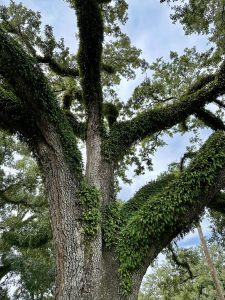
A Commitment to Tree Health
At Bayou Tree Service, we understand the importance of maintaining the beauty and diversity of our trees. As epiphyte relationships with trees vary, it’s essential to determine whether professional care is needed. Spanish moss and resurrection fern typically coexist peacefully with their host trees, while ball moss can pose significant challenges.By continually learning and adapting our methods, we strive to protect Baton Rouge’s trees from growing problems like ball moss. Our commitment to tree health ensures that our community’s landscape remains vibrant and thriving for generations to come.
For professional tree care and advice on managing epiphytes, contact Bayou Tree Service!
Bayou Tree Service
